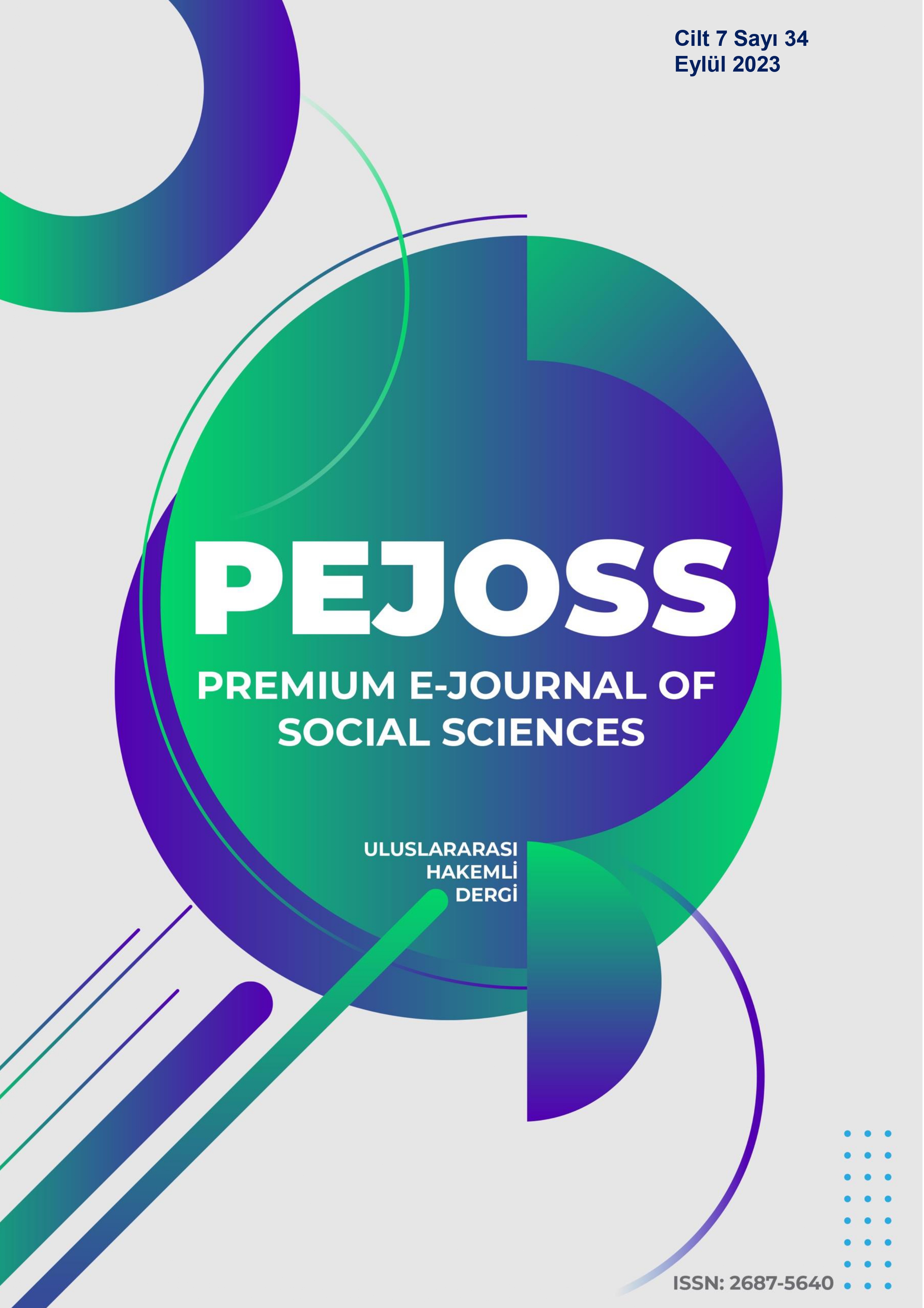Plaın Weavıngs Of Kuruhüyük (Felahıye-Kayseri) Regıon
DOI:
https://doi.org/10.5281/zenodo.8425503Abstract
Plain (kirkit/weft faced) textiles (kilim, cicim, zili, sumac) are products that people produce mostly to meet their own needs. In our country; It is very rich in smooth textures. One of the provinces that stands out with its plain weaves is Kayseri. In Kayseri, Sarız, Tomarza, İncesu, Yahyalı, Pınarbaşı, Develi district's Şıhlı, Felahiye district's Kuruhüyük, Akkışla district's Gömürgen neighborhoods stand out with their flat textures. In Hacılar district, local people weave very high quality textiles, but these weavings are not traditional weavings of the region, but are produced as the tradesmen want. The plain weavings of the Kuruhüyük region, which is the subject of the research, are very distinctive with their motif and pattern features and are distinguished from other regions by these features. Buttonhole, crooked weft and wrapping contour techniques are widely used in Kuruhüyük rugs. Cicim techniques with dense and sparse motifs were generally used in sack and bulk curtain weavings. Zili and sumac techniques were generally used with kilim and cicim techniques. Threads obtained by spinning thin and tightly twisted yarns on woolen spindles and kirma are also found with natural dyes by the local people. In the rugs of the region, weavings in white, yellow, green, red and blue colors were preferred. The local people used to weave on winding looms until 1955, and then, with the intervention of tradesmen, they used tension type looms. In rugs; Stepped mihrab and comb motifs shaped inside the mihrab are motif features that are woven in a way that resembles a fish and are shown as a "frog or plus sign" in the region. Most of the dyeing recipes, motifs and pattern names belonging to the region have been forgotten or are on the verge of being forgotten. Kuruhüyük weavings; It is known at home and abroad, but weaving is almost not done in the region. Local people state that they do not know the carpet technique, that the tradesmen brought carpet weaving to the region and taught them because they knew how to weave rugs, that they stopped weaving rugs and started weaving carpets to earn money, and that after migrating domestically and abroad, weaving was almost no longer done in the region. Twisting tools, weavings and weaving related tools etc. In the regions. They are sold to local antique dealers or machine-made carpets, blankets, etc. are sold by antique dealers. It is exchanged for items.
Downloads
References
Aytaç, Çetin (1997). El Dokumacılığı, Milli Eğitim Basımevi, İstanbul, s.14.
Barışta, H. Örcün (1996). “19-20. Yüzyıl İç Anadolu Ve Orta Akdeniz Bölgesi Türk Kirkitli Dokumaları Üzerine”, Türk Soylu Halkların Halı, Kilim Ve Cicim Sanatı, Uluslar Arası Bilgi Şöleni Bildirileri, Kayseri, s.47.
Deniz, Bekir (1998). Ayvacık (Çanakkale) Yöresi Düz Dokuma Yaygıları (Kilim, Cicim, Zili), Atatürk Kültür Merkezi Başkanlığı Yayınları, Ankara, s.14-15.
Kuldak, Fatma Yelda (1998). İçel Dokumacılığı, (Marmara Üniversitesi Güzel Sanatlar Enstitüsü Geleneksel El Dokuma Sanatları Ana Sanat Dalı Eski Kumaş Desenleri Sanat Dalı Yüksek Lisans Tezi), s.53.
Ölçer, Nazan (1998). Türk ve İslam Eserleri Müzesi Kilimler, Eren Yayınları, 1998, s. 139.
Downloads
Published
How to Cite
Issue
Section
License
Copyright (c) 2023 Premium e-Journal of Social Science (PEJOSS)

This work is licensed under a Creative Commons Attribution 4.0 International License.


